Astigmatism Petrou Eye Care
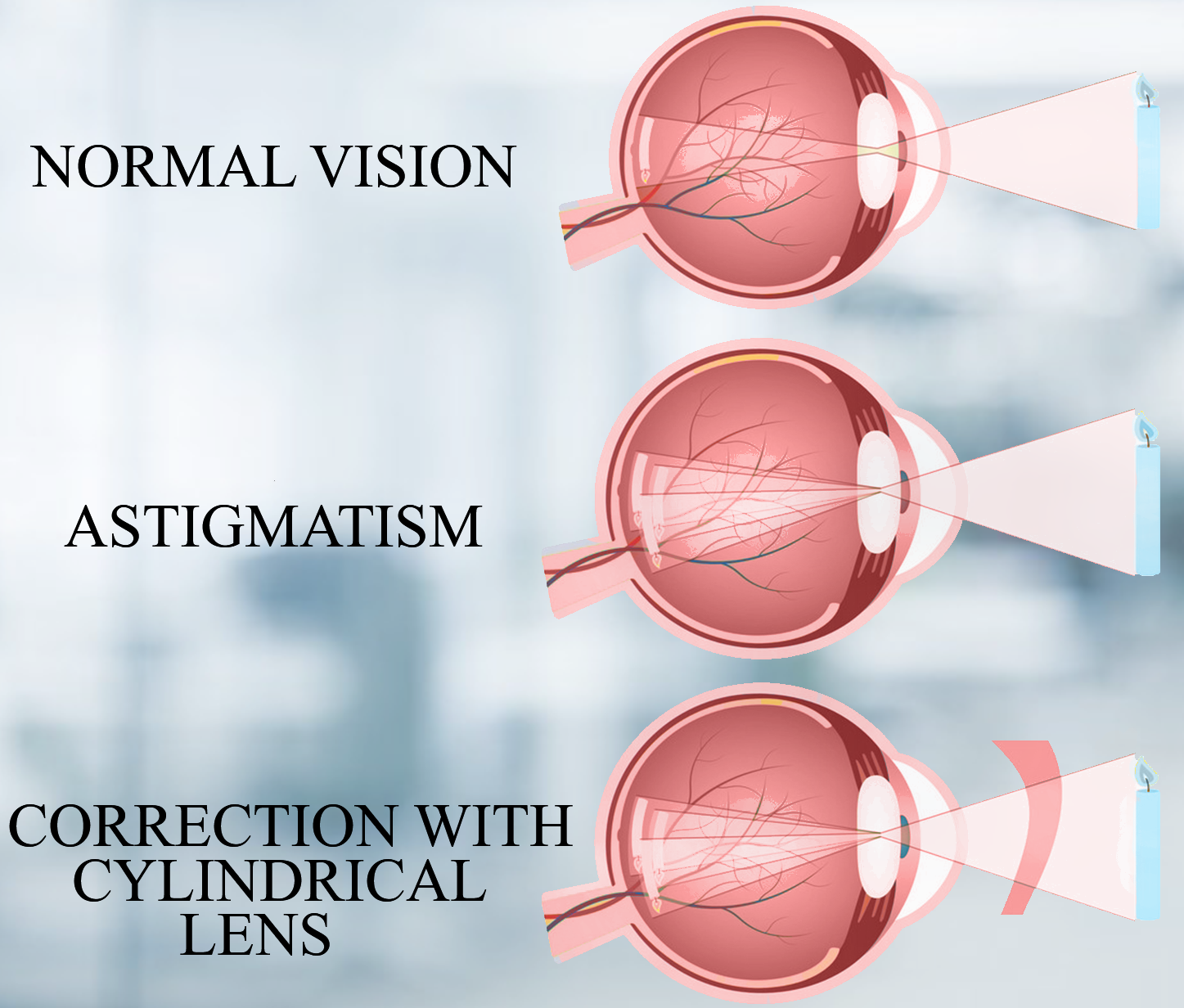
The eye defect, astigmatism can be corrected by using(a) Convex lens(b
Vision is blurry at near and far because light rays either fall short of the retina or behind it. People may have astigmatism along with other refractive errors, such as: nearsightedness (myopia) or. farsightedness (hyperopia). In a normal eye, the cornea and lens focus light rays on the retina. In astigmatism, images focus in front of and.
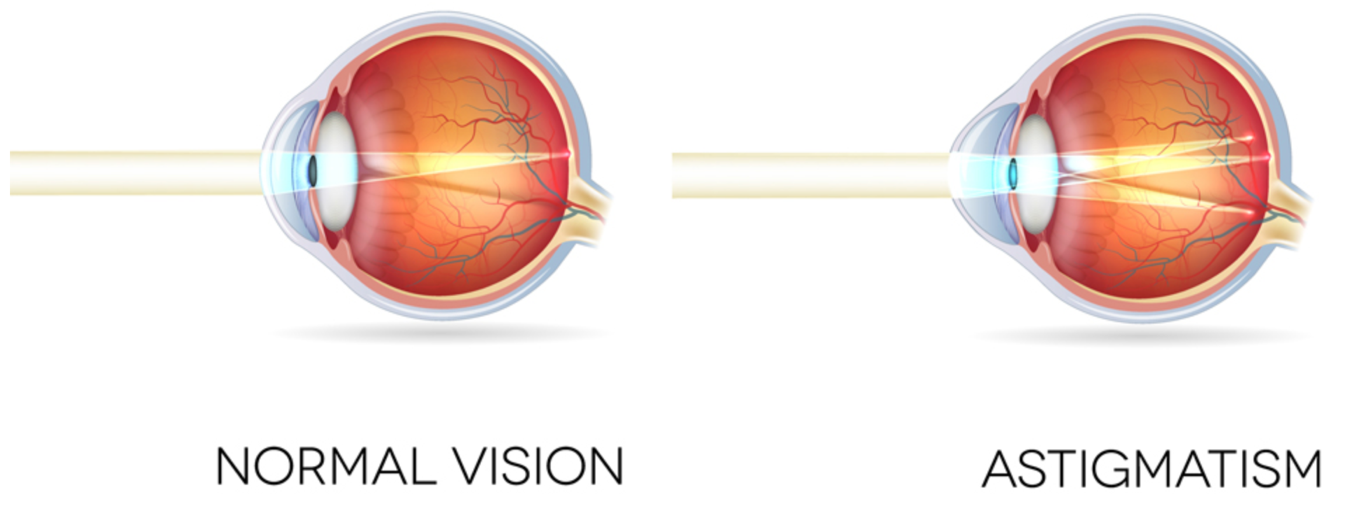
Astigmatism What is it, Causes and Treatment
How can astigmatism be treated? The most common solutions for astigmatism are eyeglasses and contact lenses. These visual aids compensate for the uneven curvature of the eye to properly bend (refract) light through the various eye structures and onto the retina. These corrective options are also an excellent fix for those suffering from other.
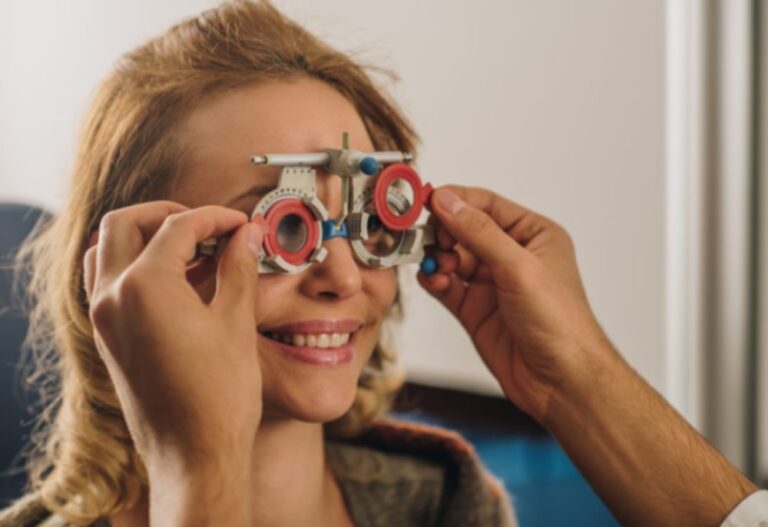
What is Astigmatism and How Can it be Corrected?
Astigmatism Severity Scale. How much astigmatism you have determines how your vision is affected. To find your level of astigmatism, look at the cylinder (CYL) number on your glasses prescription. The astigmatism severity scale ranges from mild (less than 1.00 diopter) to extreme (more than 3.00 diopters).

What is Astigmatism Causes, Symptoms,Treatment
Blurred vision is the most common astigmatism symptom. It also makes it hard to see details on objects, like the words printed on a menu in front of you, or letters on a road sign in the distance. Other astigmatism symptoms include: Seeing a glare or halos around lights. Squinting to see clearly.

How to Correct Astigmatism Best Optometrist Dr. Jeff Sciberras
Astigmatism is diagnosed with an eye exam. A complete eye exam involves both a series of tests to check eye health and a refraction, which determines how the eyes bend light. Your eye doctor may use various instruments, aim bright lights directly at your eyes and ask you to look through several lenses. Your doctor uses these tests to examine.

What Is Astigmatism and How Can It Be Corrected? DMEI Dean McGee
LASIK or another surgery procedure could be used to reshape the eye and correct astigmatism.If you just aren't seeing as well as you used to, it may be because of an astigmatism. You should make an appointment with your eye doctor right away. Call The Eye Care Institute in Louisville, KY, (502) 589-1500 today!

What is Astigmatism?
Astigmatism is an imperfect curvature of the lens of the eye that can cause blurry vision. It's correctable with glasses, contact lenses, or surgery.

What Is Astigmatism & Can It Be Corrected? Warby Parker
Astigmatism is diagnosed by a manual keratometer, an instrument used to measure the curvature of the cornea. A keratometer is often used in a basic eye examination. The diagnosis also may be made by using a corneal topographer. A corneal topographer is an instrument that gives a color-coded map, similar to a topographical map of mountains.
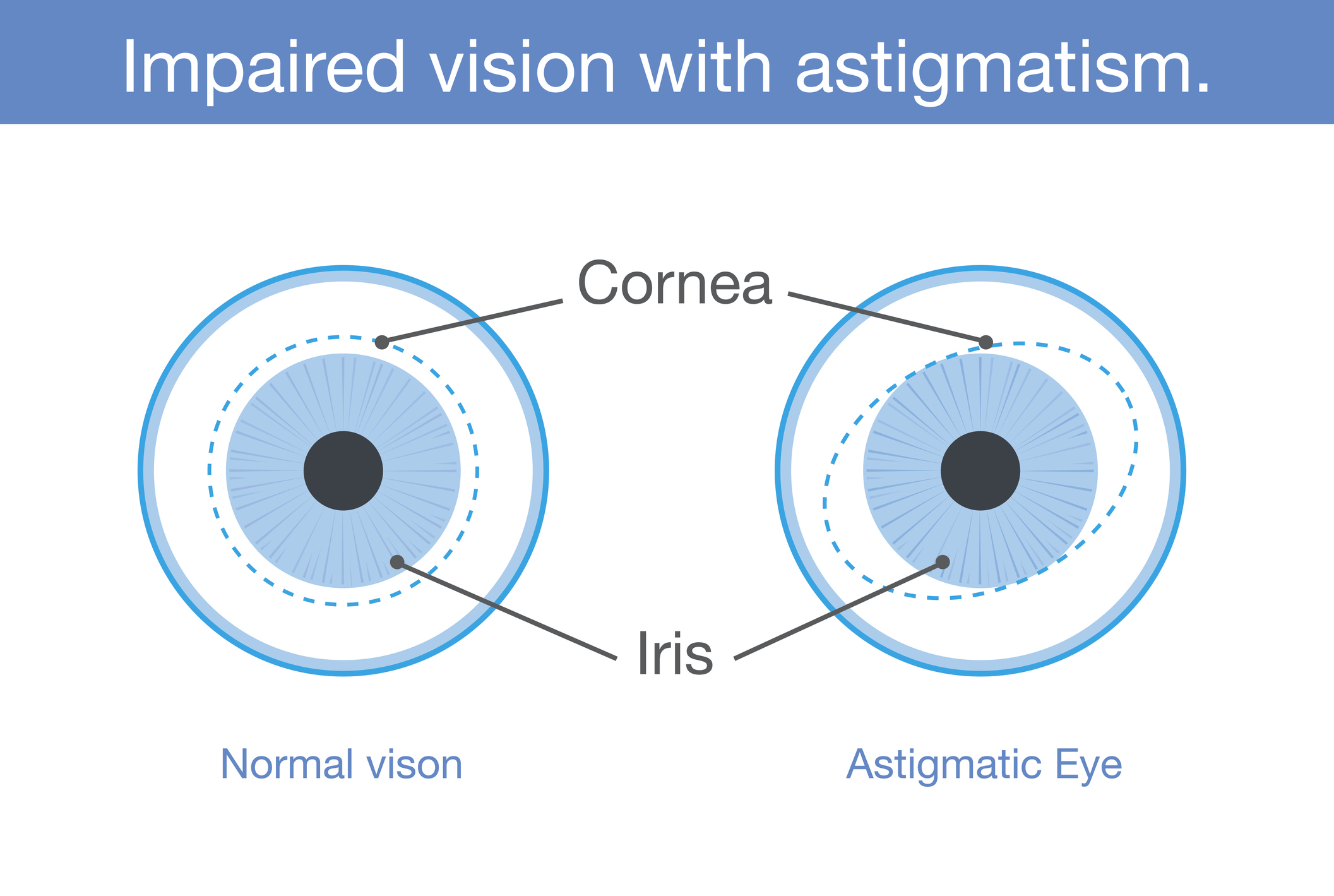
Astigmatism The Canadian Association of Optometrists
Refractive surgery can be used to correct hyperopia, myopia, and astigmatism in adults with a consistent vision prescription. This means your vision has not continued to worsen within the last several months. LASIK is a laser eye surgery that is the most well-known refractive surgery, but our eye surgeons offer many other options like PRK and.

What Is Astigmatism? New Health Guide
Our surgeons — Kamran M. Riaz, MD; and Aman Mittal, MD — remain at the forefront today, using the most advanced and proven technology available. They look forward to providing you with the best in LASIK surgery! Start the process to meet with one of our LASIK surgeons today by calling 405.271.2500 or clicking the button below to schedule an.

Astigmatism The Eye Practice
Astigmatism occurs when either the front surface of the eye (cornea) or the lens inside the eye has mismatched curves. Instead of having one curve like a round ball, the surface is egg-shaped. This causes blurred vision at all distances. Astigmatism is often present at birth and may occur in combination with nearsightedness or farsightedness.
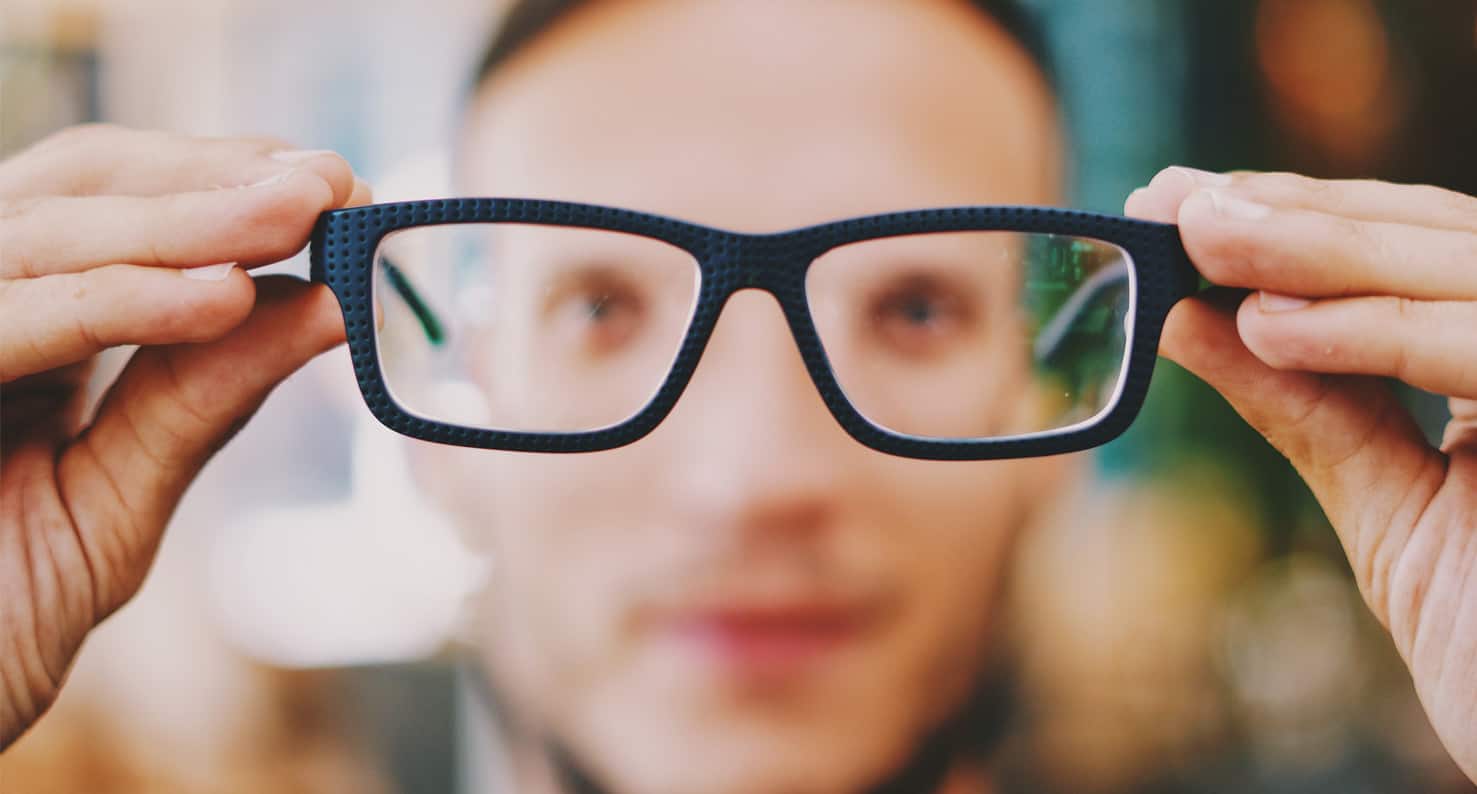
What Is Astigmatism And How Can It Be Treated? Kugler Vision
Astigmatism can usually be corrected with glasses or contact lenses. SEE RELATED: Contact lenses for astigmatism: Toric, GP and hybrid lenses Refractive surgery is one of the less common astigmatism correction options, however, since it is a laser procedure that changes the shape of your eyes, it comes with risks associated with most surgeries.

AstigmatismCausesTypesSymptomsTreatment Lenses, Refractive Surgery
Astigmatism is an uneven curvature of the eye's cornea or lens. It's a very common eye condition—about one in three Americans have it. Although it can cause inconvenient vision problems, including blurry vision and poor eyesight at night, it's typically very treatable. Often, all you need is a new pair of glasses or contact lenses .
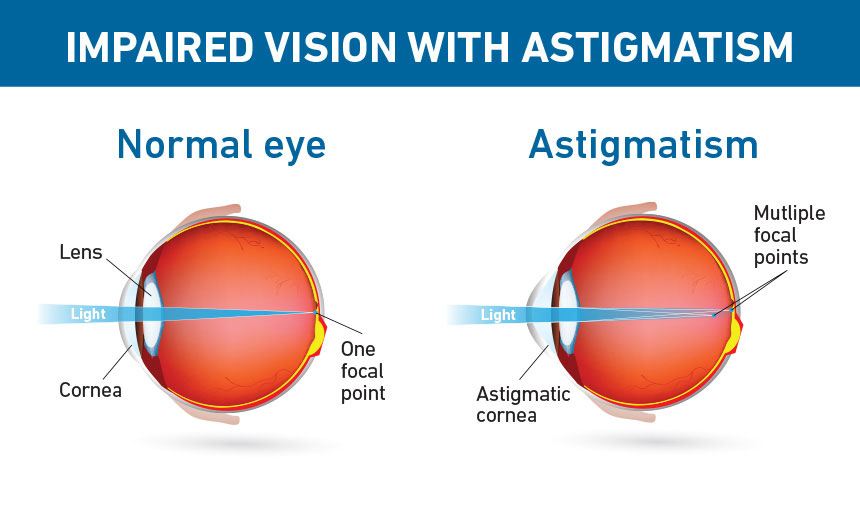
Astigmatism For Your Eyes Only
Astigmatism is one of the most common eye problems among people of all ages. It occurs when the cornea, the spherical, clear front surface of the eye that allows light to enter the eye, is abnormally curved or deformed. Normally, the cornea is round, like a basketball. But for every 1 in 3 people in the United States, the cornea is more.

Astigmatism Petrou Eye Care
Can astigmatism go away? Answer: Astigmatism is the technical term for an eye that is optically oval. Correction is a reverse oval in the glasses or contacts. Over time a small amount of vertical astigmatism, probably because of the constant pressure of the lids, may diminish and even disappear but horizontal astigmatism will slowly increase.

What Is Astigmatism and How Can It Be Corrected? DMEI Dean McGee
Regular astigmatism is when the two principal meridians are 90 degrees apart, with one meridian being steeper than the other. This type of astigmatism is most common and can be corrected by glasses, contact lenses, or laser surgery. Regular astigmatism can also be classified as "with-the-rule" or "against-the-rule" to describe its shape.